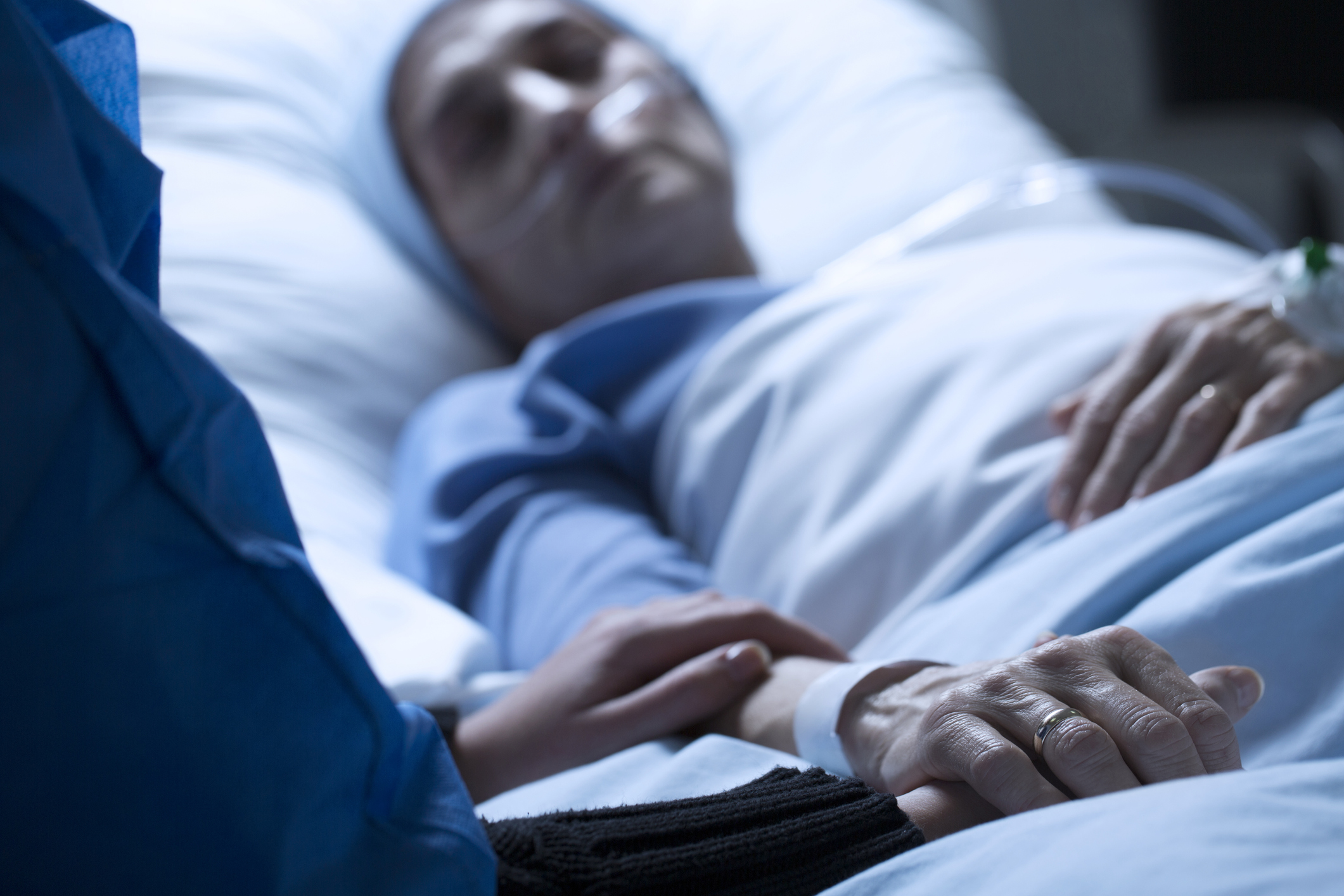When asked about end-of-life wishes, most older adults say they hope to remain at home, surrounded by loved ones at the time of their death. But caring for a terminally ill family member at home, even with the help of hospice care, can take a heavy toll on caregivers who may not be physically or emotionally equipped to manage a home death.
With a shift in cultural expectations of families to care for terminal patients at home, an increased number of deaths following a long illness occur in private dwellings. But palliative care experts question whether caring for terminal patients with high needs is best for the individual or their families. Hospice services don’t normally provide 24-hour care and so many families must either provide care themselves or hire extra help – which is financially prohibitive for many.
According to a recent New York Times The New Old Age article, changes to government funding that includes financial support for family caregivers assisting dying patients at home would help ease the strain on loved ones. But there are times when the management of pain medications or other difficult medical tasks is better performed by trained nursing staff. In certain cases, high-quality end-of-life care is best provided in a hospital or hospice care facility.
A recent article in The New England Journal of Medicine asserts that although families are led to believe that the best death occurs at home, many caregivers are unprepared for the difficulties of providing personal care, managing distressing symptoms, and administering medications. Some palliative care clinicians are beginning to question the idea that a home death is always best for patients and their families.
Inpatient hospice and skilled nursing facilities can provide round-the-clock care for patients, and are able to quickly supply medication adjustments to manage pain or control symptoms such as agitation or delirium. Other palliative interventions such as transfusions and high-flow oxygen are infrequently provided outside of a hospital palliative care or hospice unit.
When families members are relieved of some of the complex patient care, they are more able to focus on creating a comforting environment with softer lighting, music, and familiar items from home. Friends and family can use the time they have left together to support their loved ones emotionally, rather than struggling to meet all their physical and medical needs.
Anyone on Instagram or TikTok? Check out @hospicenursejulie for lots of great information in short videos.






Add Your Voice
0 Comments
Join the Discussion